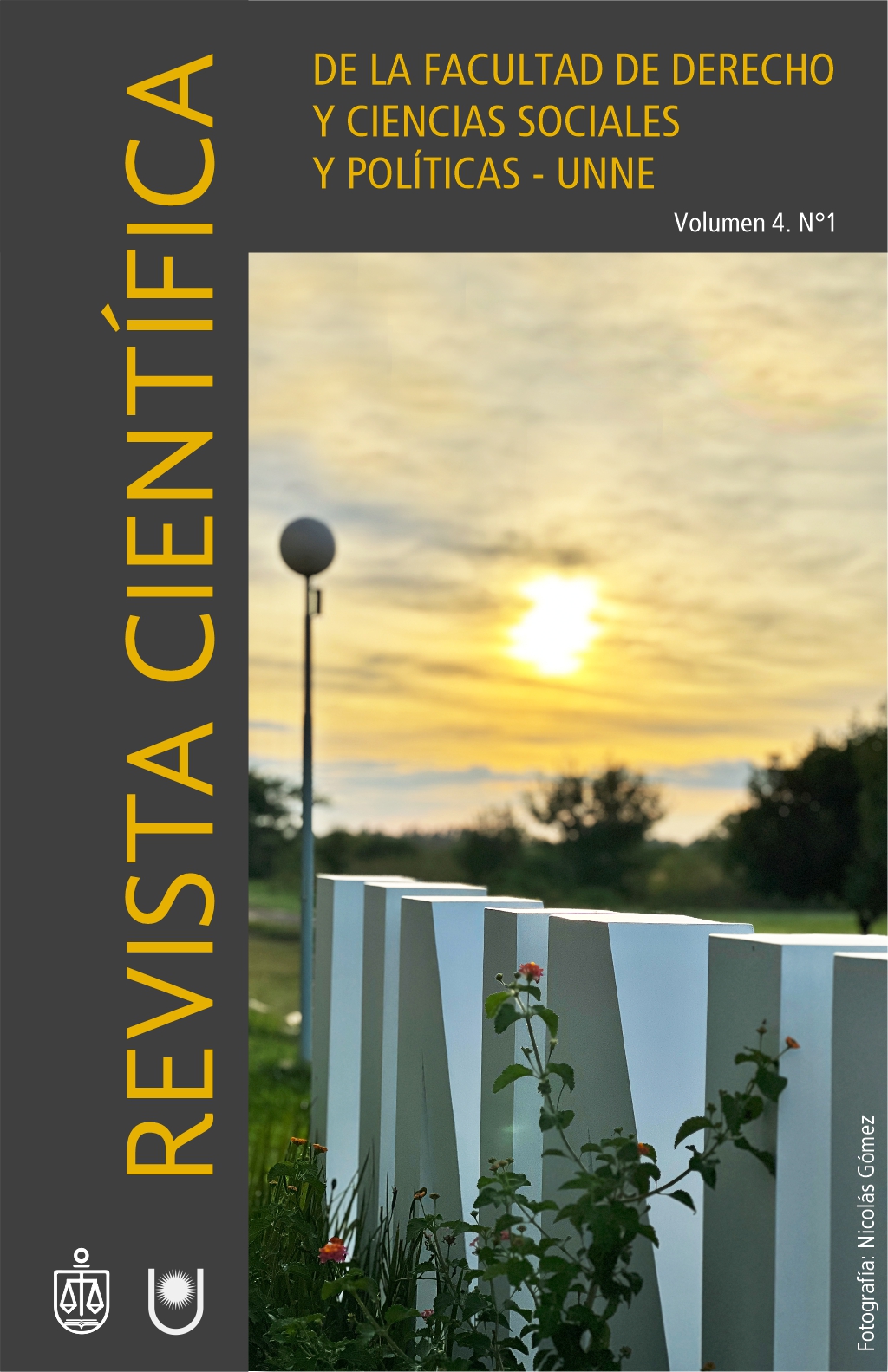The Legal Construction of Israel and the Legacy of Roman Law in Its Legal System
DOI:
https://doi.org/10.30972/rcd.418125Keywords:
Roman Law, Supreme Court, Basic Laws, Millet System, IsraelAbstract
The article analyzes the influence of Roman Law on the legal construction of the State of Israel. It begins with the historical context of the country’s founding and the configuration of its legal system, highlighting the absence of a written constitution, which has been replaced by a series of Basic Laws. The role of the Supreme Court of Israel is examined as a guarantor of fundamental rights, having assumed constitutional functions despite lacking formal legal designation. The text explores how Roman Law has left its mark on Israeli civil law, especially in areas such as contracts, property, tort liability, and inheritance. It also discusses its indirect influence on criminal law, constitutional law, and international law. Israel’s legal system is mixed, incorporating elements from Common Law, Ottoman law, religious law (Sharia and Halakha), and continental traditions. Additionally, the article analyzes the structure of the Israeli judiciary, the tension between civil law and religious courts, and the challenges of the millet system, which grants personal jurisdiction to religious courts based on religious affiliation—raising issues regarding equality and human rights.
References
Cançado Trindade, A. (1992). Desarrollo de las relaciones entre el Derecho Internacional Humanitario y la protección internacional de los Derechos Humanos en su amplia dimensión. Revista IIDH, 16, 39–74.
Chetail, V. (2003). La contribución de la Corte Internacional de Justicia al derecho internacional humanitario. Revista Internacional de la Cruz Roja.
CICR. (2022). Derecho Internacional Humanitario: respuestas a sus preguntas.
Comité de Derechos Humanos de la ONU. (2004). Observación general Nº 31.
Doswald-Beck, L., & Vité, S. (1993). Derecho internacional humanitario y derecho de los derechos humanos. Revista Internacional de la Cruz Roja.
Droege, C. (2007). The interplay between international humanitarian law and international human rights law in situations of armed conflict. ISR. L. Rev., 40(2), 310–355.
Melzer, N. (2019). Derecho internacional humanitario: una introducción integral. Comité Internacional de la Cruz Roja.
ONU. (1968). Acta final de la Conferencia Internacional de Derechos Humanos.
OACDH. (2011). Protección jurídica internacional de los derechos humanos durante conflictos armados.
Pérez Vaquero, C. (2017). La prehistoria de los derechos humanos. Derecho y Cambio Social.
Salmón, B. (2019). Introducción al derecho internacional humanitario. IDEHPUCP.
Sassoli, M., & Olson, L. (2019). The relationship between international humanitarian and human rights law where it matters: admissible killing and internment of fighters in non-international armed conflicts. International Review of the Red Cross, 90(871).
Downloads
Published
Versions
- 2025-06-06 (3)
- 2025-05-30 (2)
- 2025-05-29 (1)
How to Cite
Issue
Section
License
Copyright (c) 2025 María Elisabet Barreiro Morales

This work is licensed under a Creative Commons Attribution-NonCommercial 4.0 International License.







52.jpg)






